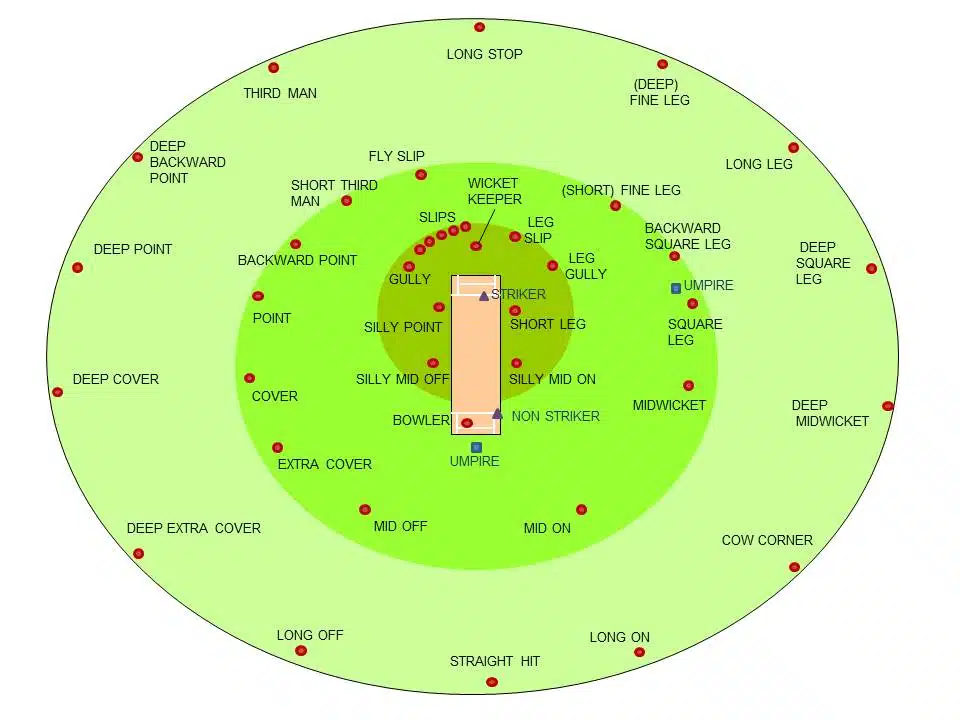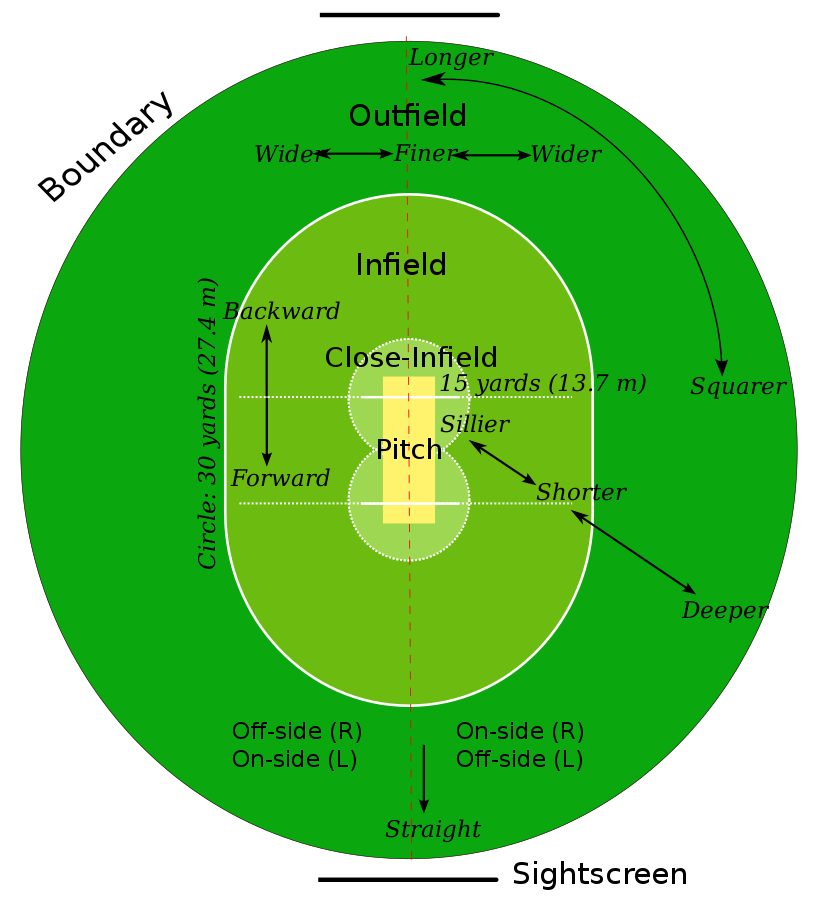

The Dulwich college in London is known for its active interest in the sports of cricket and rugby ever since the 17th century. When it came to cricket the college housed a fine pavilion attached to a rather unevenly shaped cricket ground. It wasn’t a perfect oval or sphere as we see it now in modern day cricket.
Batters back then did not have the ability to hit a range of shots that we see in cricket today. It is the advent of T20 cricket that has acquainted our eyes to some unusual shot making. On the grounds of Dulwich college, batters had a limited range of shots. A very few players could hit shots in the area of the Dulwich ground which dubbed as the “cow corner.”

The cow corner was an area between deep mid-wicket and long on. On the cricket field, this region is at the bottom right corner of the cricket ground. This was the area where cattle used to graze on the cricket ground of Dulwich college. Due to this, no fielders were ever placed in this position.
It required great skill to hit a shot in the cow corner. Most of the batters who possessed the skill of hitting shots in the cow corner back then belonged from the rural region or ones whose families were involved in agriculture. Hence, shots that made the ball go towards the cow corner were called agricultural shots. Alternatively, they are also called cow shots.




